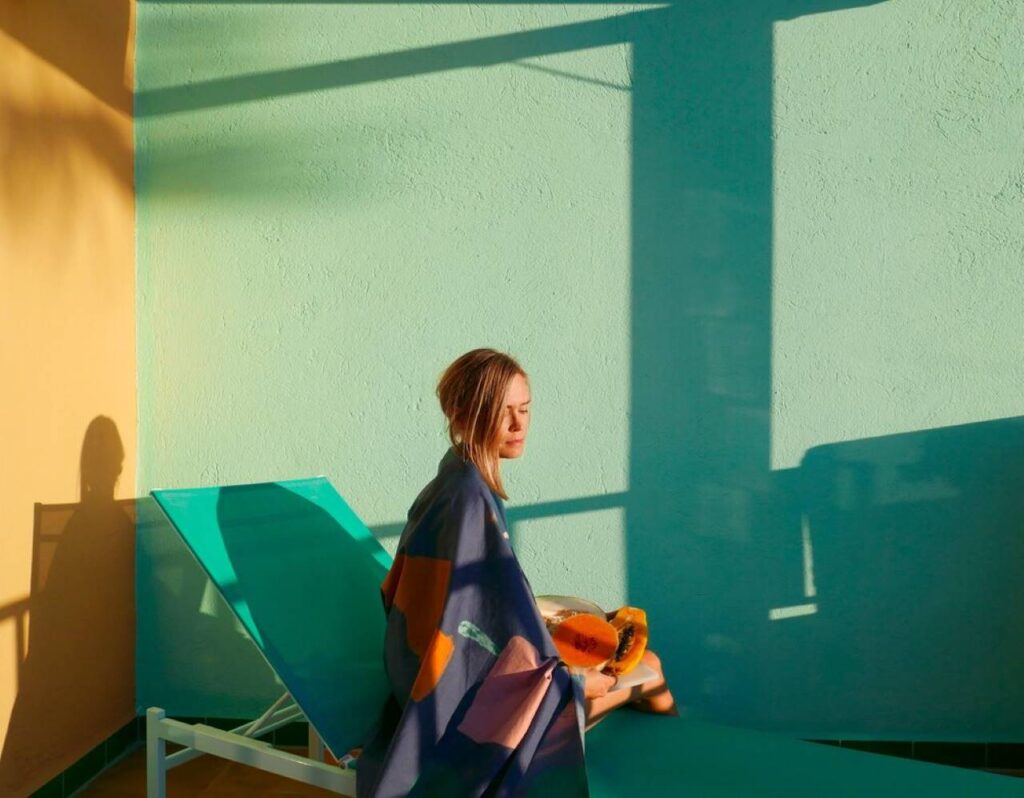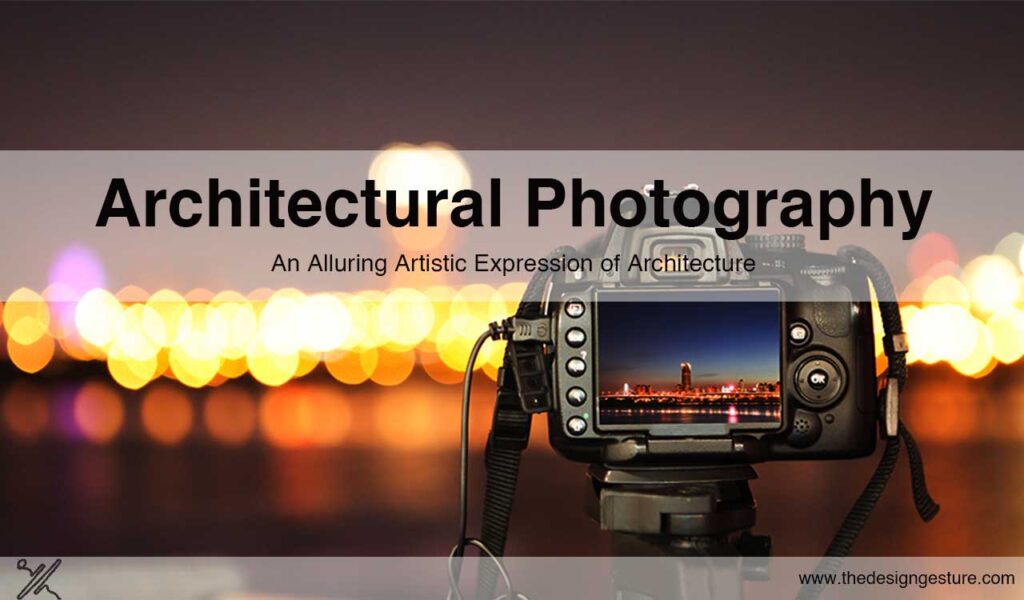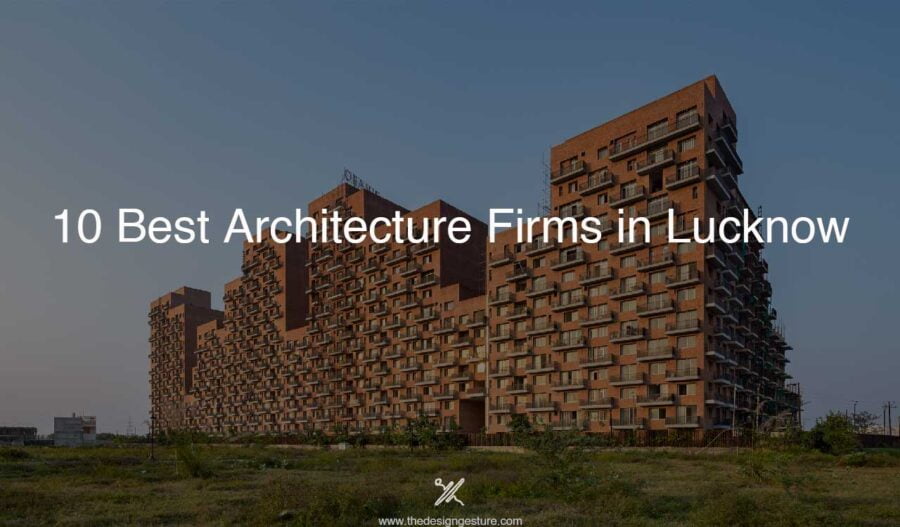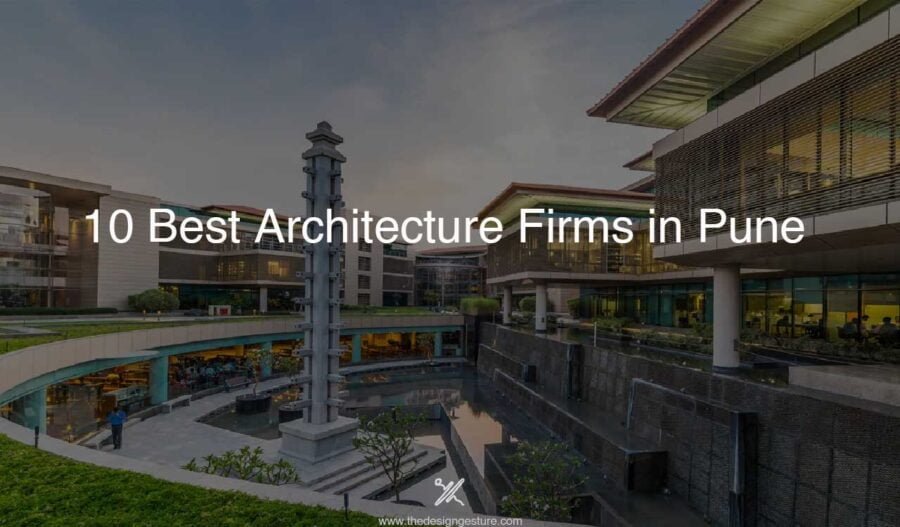Photography, as a form of artistic expression mediated by technical equipment, has risen to prominence among the arts, like the one that can most faithfully reflect reality and, thus, architecture, alongside the cinema. There is no doubt that architectural photography has become more accessible to people, who have progressed from viewers to authors of images, thanks to enormous wooden boxes carrying silver emulsion plates, digital cameras, and eventually our cellphones.
Table of Contents
History
Since the invention of photography, one of the most popular topics has been architecture. The earliest surviving photograph is Nicéphore Niépce’s ‘View from the Window at Le Gras,’ which was taken in 1826 or 1827 and shows building rooftops. Buildings were especially well-suited to early photographic processes, which required lengthy exposure times and stationary subjects. As a result, architectural photography was one of the first specialties in photography.
The relationship between architecture and photography has always been mutually beneficial, as evidenced by the selling and popularization of modern architecture in the 1920s and 1930s, which was aided by a group of progressive architectural photographers who used unconventional perspectives, lighting, nocturne, and other new techniques to help create a new vogue out of modern architecture.

Architectural photography was not immediately regarded as a “serious” art genre, despite the prominence of its practitioners. In reality, by the mid-1940s, few commercial architecture photographers had acquired the degree of prominence that art photographers had in consumer magazines.
One reason for the late acceptance of commercial architectural photography was that countries that promoted new modern architecture, such as France, Germany, and the Netherlands, did not establish a new technique for photographing it in the early twentieth century.
Elements to consider for architectural photography
Aside from aesthetic concerns, photographers in this field face technical challenges because they must picture enormous subjects (such as buildings) while on location. They are frequently confronted with scenes that feature color casts from artificial lighting sources, as well as a contrast range that is greater than that of film or digital sensors.
Photographers have worked around the above aesthetic and technical challenges since the origins of architectural photography 170 years ago, evolving through a succession of styles as the industry grew with advances in enterprise, technology, and fashion.
Styles and philosophies
When commissioning architectural photography, there are a few things to keep in mind. Photographers have a variety of techniques and ideologies, so it’s crucial to do your homework before committing to one. It’s critical to figure out whether the customer wants photographs for archival purposes, for sales, or for the photographer’s artistic flair.
In an endeavor to depict detail as finely as possible, the elevation technique viewed photography as an extension of architectural expertise, and in many respects, appeared like a sketch. The “elevation” photograph was a head-on, virtually two-dimensional depiction of the building facade for these reasons.
Similar to an architectural drawing of the time, the perspective of the image was generally centered around mid-height of the building. The photographer should ideally snap the image from an elevation in a nearby structure to obtain such perspective, hence the name “elevation” for this technique.
On the other hand, the perspective approach stressed three-dimensionality. The photographer’s goal was to depict how the structures seemed; hence, the buildings were captured from a corner perspective.
On the other hand, the perspective approach stressed three-dimensionality. The photographer’s goal was to depict how the structures seemed; hence, the buildings were captured from a corner perspective.
Perspectives
The photographer may opt to show some of the building’s surroundings, as well as unusual angles and views. Controlled viewpoints with a focus on non-converging and parallel vertical lines are frequently used.
Light
Exterior architectural photography can take advantage of natural or ambient light, whereas interior photography frequently necessitates the use of supplemental lighting, such as electronic flash ‘strobes’ or incandescent ‘hot lights.’ This may take longer to set up, but it is ultimately more controllable than outside lighting, where shadows move, people and cars pass by, and so on.
Space and objects
Photographs are transformed into sets of the idealized image of architecture by relocating props such as furniture, objects, and art. When a photographer, for example, moves a couch from the perimeter wall to the centre of the room and puts the camera behind it, he is demonstrating a “space of activity” by positioning the furniture in relation to an assumed event. A table with place settings, goods on display for a cookout, or personal possessions strewn over a room can all contribute to this.
Whether a person appears in the frame or there is an implied presence, most architectural photography depicts occupied areas. The voids in the shot can now be occupied by the spectator. When individuals are placed within the frame, they become symbols of the events that are taking place, and they are shown in the right lifestyle or way for the structure or residence.
Education
Architectural photography is a branch of photography that focuses on capturing photos of buildings and other architectural structures that are both aesthetically pleasing and accurate representations of their contents.
Architecture photography is divided into two categories: exterior and interior. From the outside, photographing architecture. Images of a structure’s exterior are referred to as this. Interior architecture photographs. This refers to images of a building’s interior.
Universities
California Institute of the Arts
CalArts, or the California Institute of the Arts, is a private art university in California. It was created by Walt Disney and his brother, among others. It is regarded as one of the best art schools in the United States.
Bachelor of Fine Arts (BFA) and Master of Fine Arts (MFA) degrees in photography and media are available at CalArts. You’ll be encouraged to try out numerous mediums as a student.
Parsons School of Design
The Parsons School of Design, which was founded in 1896, is one of the greatest art schools in the United States. It’s a for-profit art and design school. Parsons, located in New York City, offers budding photographers a choice of degrees (BFA and MFA).
Students learn about analogue and digital photography in the full photography course. You’ll also learn about various mediums that will help you develop your design skills.
Yale University School of Art
Yale School of Art is an MFA-only institution in Connecticut. If you want to pursue a BFA, you must apply just to Yale University.
Yale is regarded as one of the world’s most elite universities. Every week, photography students may expect extensive assessments of their work. Also included are introductions to various photographic materials, such as non-silver processes. Each year, only ten students are accepted. With an MFA from Yale, you’ll have a better chance of landing a great photography career.
Tokyo Zokei University
Zokei is a private university in Japan that is regarded as one of the greatest art schools in the country. “Zokei” means “formative design” in Japanese. After graduation, students can expect to have extensive understanding of both photography and design.
The photography academics at Zokei focus on documentary photography, artistic photography, and how our images are connected to the current world. Workshops, archiving, and other key areas of photography are also introduced to students.
Royal College of Art
Royal College, in London, is the world’s only university that offers postgraduate art and design studies. Photography is one among them, and you can get a Master’s degree in it.
The two-year programme is designed to assist photographers in developing their own personal style. As well as laying a strong foundation for their job.
Rodchenko Moscow School of Photography and Multimedia
This school, which opened in 2006, offers a three-year programme. Students study a mix of Russian and foreign art forms. It teaches students about traditional and digital photography, video, post-production, and picture editing.
Students must choose a specialized field. Documentary, art photography, video art, new media art, sound art, object, sculpture, and installation are some of the types of art.
You will be allowed to study for free if you pass the entrance exam. The catch is that you must have a basic understanding of Russian in order to participate in classes and interact with other students.
Aalto University School of Arts, Design and Architecture
Aalto University was founded in 2010 after three prestigious Finnish universities combined. Aalto University was established as a societally connected research university.
Helsinki School of Economics, Helsinki University of Technology, and Helsinki University of Art and Design were the three universities. These are institutions with a lengthy and illustrious history.
Former students of this famous university founded a major photographic movement in the European art scene. The Helsinki School is a collection of artists that trained at this university, making it a historical landmark in the field of photography. Since then, Aalto has occupied a prominent position among the world’s leading universities.
Syllabus
Topics Covered:
- Fundamentals of Design Communication – Light, Colour, and Character of the Material
- Computer Applications in Architectural Photography – High Dynamic Range
- The perspective of History and Theory of Architecture – Control of Parallax
- Visual Communication and Graphic Expression – Dusk Imagery
- Architectural Photography – Film and Digital – Processing in Adobe Bridge and Photoshop
- Batch Processing – Monitor Calibration
- Color Management (Colors/Level) – Advance Eleven Color Profiled Printing
Career opportunities
Multinational enterprises, foreign agencies, and non-profit groups are all possible employers for an architectural photographer.
After five years of service, a Senior Level employee’s starting compensation ranges from INR 6,50,000 to INR 11,00,000. Architectural photography, like India, is a burgeoning field with a promising future. The real estate and architectural markets contribute significantly to GDP.
Candidates with good photographic and managerial skills can rise swiftly in their professions, reaching to the position of Director of Photography, where they must assess and develop photographs in order to make the operational process more practical and seamless.
Candidates with a passion for research will always be in high demand. The candidate must be up to date on current architectural photography trends around the world.
Depending on skill level and on-field experience, a fresher’s estimated average annual income could range from INR 3,00,000 to INR 8,00,00.
Famous Architectural photographers
Fernando Guerra
Fernando works as an architect for a living. It’s unsurprising that his photography gives the central building an unusual viewpoint. He approaches architecture photography with intention, inverting the structure and function of each subject. To illustrate the tremendous disparity in scale, he frequently inserts humans in his scenes.
Tekla Evelina Severin

Tekla is a photographer, colorist, and designer. She captures inventive and colorful building images with a touch of whimsy. She recognizes the small details that can add interest to images, such as furniture, colorful props, and other artistic features.
Karen Vikke

Karen is a minimalist urban photographer from Denmark who captures breathtaking photographs with only her iPhone. The contrast between the sky and the buildings is particularly striking in her photographs. She uses vibrant colors to bring out the beauty and whimsy of even the most mundane structures.

José Luis Sáez
José is an iPhone photographer, just like the preceding artist on this list. He shoots in black and white to emphasise contrast and texture. With the addition of human silhouettes, his images appear strange. To direct his audience through his images, he uses leading lines and diverse perspectives.

Pascal Krumm

Who says building photography has to be monotonous? Pascal has a knack for spotting beautiful perspectives and brightly colored subjects, resulting in brilliant, life-filled photographs. He frequently photographs models in front of structures to give movement to the images. He’s also a music video director.

Paul Eis
Paul is a young German visual artist best known for his brightly colored architecture makeover series. He realized that grey buildings bore him, so he uses Photoshop to bring color to them. As a result, you’ll have a cheerful and fun appearance. In the realm of architectural photography, Paul’s technique is one of a kind.

Chris Hytha
Chris is an architecture student who began photographing buildings while still in school. He does elaborate and exact sketches of structures to assist him concentrate on the details when photographing them. Chris creates images that are full of movement and energy by posing individuals in his photographs and employing a variety of dynamic compositional approaches.
New technologies such as stop motion photography have grown in popularity, particularly for documenting progress on the job site or in manufacturing processes, and there is a growing need for video footage for platforms like YouTube. With the introduction of new technologies such as drones, previously pricey approaches such as aerial photography have become more accessible.
There is considerable fear that traditional architectural photography may be threatened by the development in popularity of visualization technologies like as CGI (Computer Generated Imagery) and virtual reality. Despite the rising sophistication of available technology, high-quality photographic representations are typically thought to provide more accurate and dynamic portrayals of structures than computer simulations.




